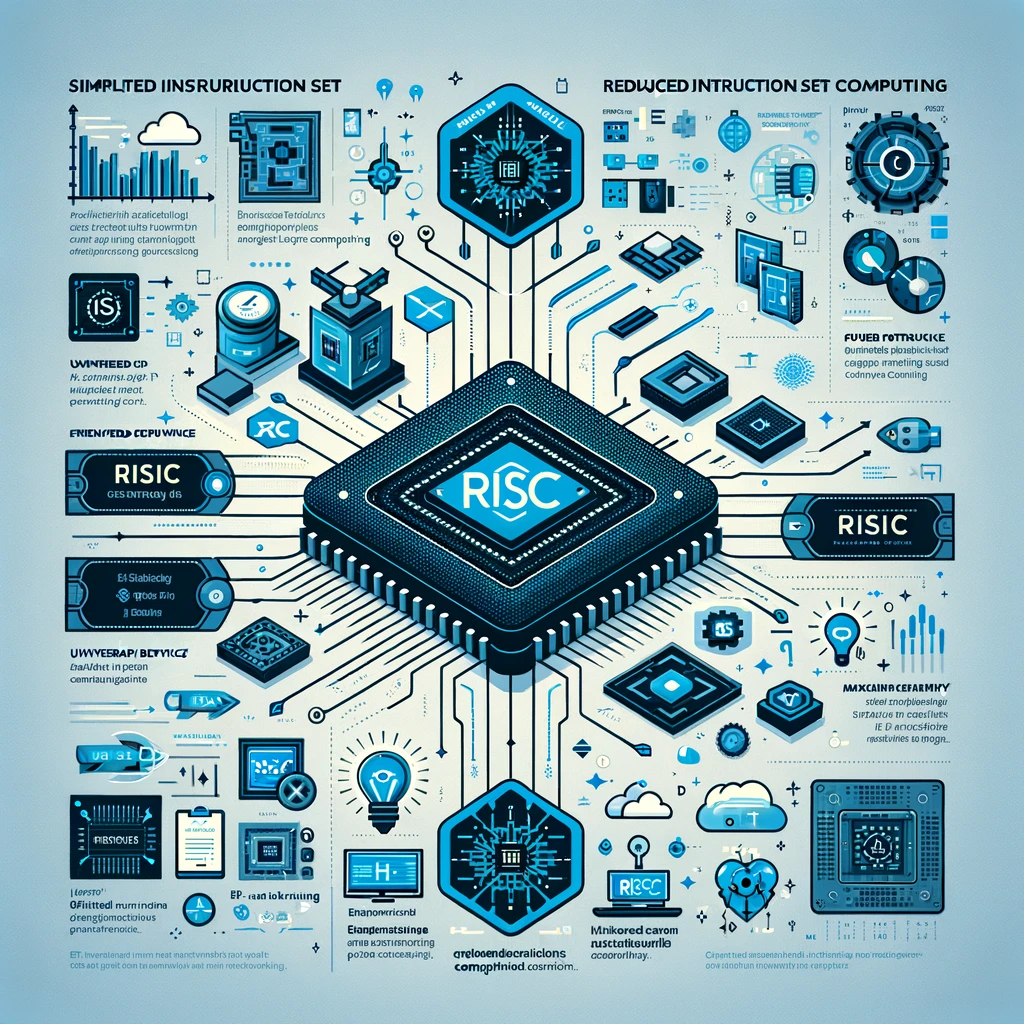RISC: Simplifying Complexity in the World of Computer Architecture
The landscape of computer architecture has undergone significant transformations over the decades, evolving from the intricacies of assembly language to the sophisticated high-level programming languages of today. Central to this evolution has been the development and refinement of the Instruction Set Architecture (ISA), a vital link between software and hardware that defines the machine operations, data types, registers, and the memory model of a computer. The beauty of ISA lies in its ability to abstract the complexities of hardware into a manageable set of instructions for compilers to convert code efficiently.
In the 1980s, a revolutionary concept emerged that would redefine the efficiency and performance of computer systems: Reduced Instruction Set Computing, or RISC. RISC architecture advocates for a simplified, more streamlined set of instructions, in stark contrast to the Complex Instruction Set Computing (CISC) that dominated the era with its extensive and intricate instruction sets. The philosophy behind RISC centers on the realization that a reduced ISA, typically around 50% smaller than its CISC counterparts, can lead to substantial improvements in performance and power efficiency.
One of the standout features of RISC architecture is its ability to significantly reduce the number of clock cycles per instruction—from, say, 10 cycles in traditional systems down to just 2 cycles. While this might necessitate doubling the number of instructions for certain operations, the overall gain in speed and reduction in power consumption are undeniable advantages. This efficiency leap is particularly beneficial in the realm of embedded devices and emerging technologies, where power efficiency and performance are paramount.
The advent of RISC-V (5th version), an open-standard ISA based on RISC principles, marks a significant milestone in the journey of RISC architecture. With around 40 key instructions, RISC-V offers a universal platform on which all software can theoretically run. This universality makes it especially optimal for machine learning accelerators, which primarily rely on matrix multiplication. The open nature of RISC-V encourages innovation and development, allowing for tailored software solutions that can leverage the architecture's inherent efficiencies.
Embedded devices, from IoT gadgets to sophisticated cloud infrastructure, stand to benefit immensely from the adoption of RISC architecture. The reduced instruction set not only simplifies the hardware design but also lowers power consumption—a critical factor for devices that require long battery life or operate in power-sensitive environments. Moreover, the scalability of RISC architecture means it can easily adapt to the burgeoning demands of cloud computing, albeit with the caveat that transitioning to new software frameworks may necessitate a period of adjustment and code rewriting.
Looking ahead, the trajectory of RISC and its impact on the future of computing appears promising. As more industries and technologies pivot towards embedded systems and machine learning, the principles of RISC—efficiency, simplicity, and power conservation—will likely become ever more relevant. The challenge, however, lies in balancing the need for backward compatibility with the relentless push for innovation. As we navigate this delicate balance, the beauty of ISA and the elegance of RISC architecture will undoubtedly continue to play a pivotal role in shaping the next generation of computing technologies.

Comments
Post a Comment